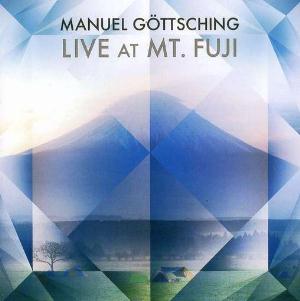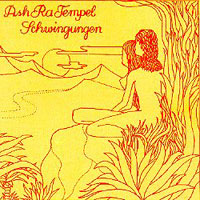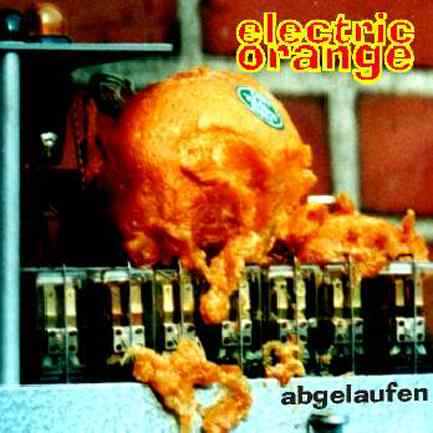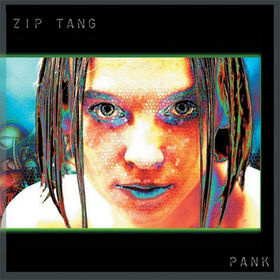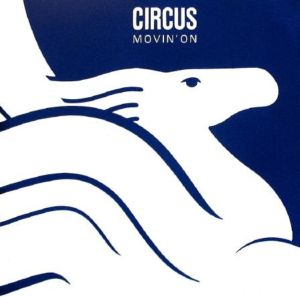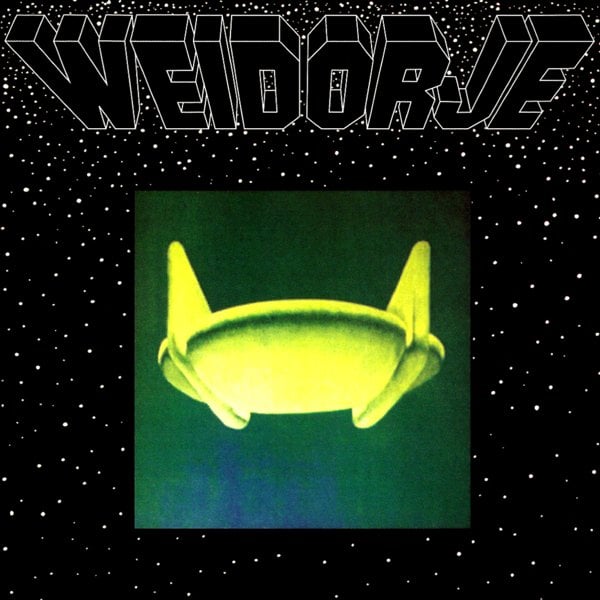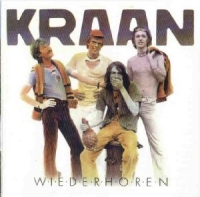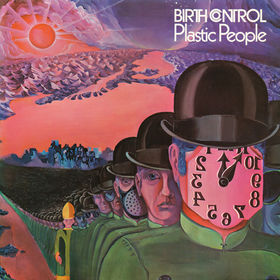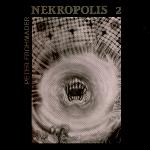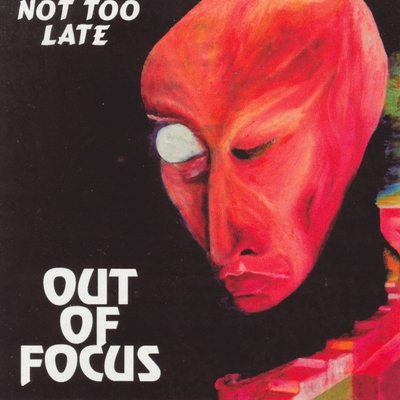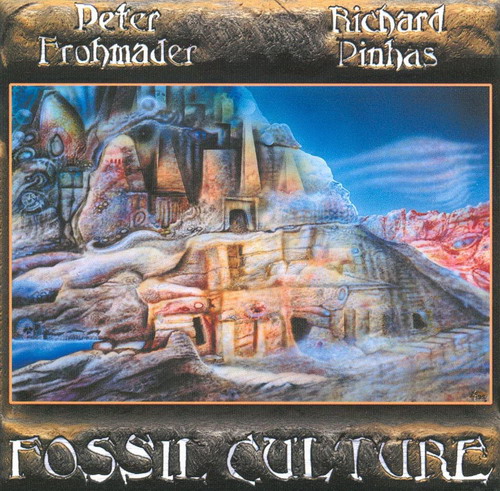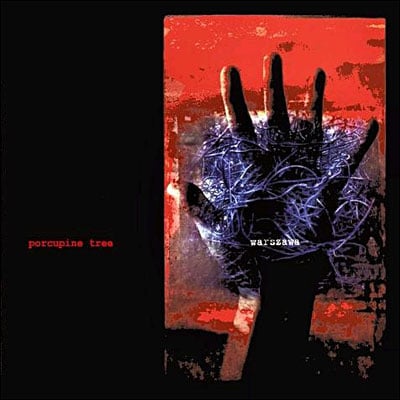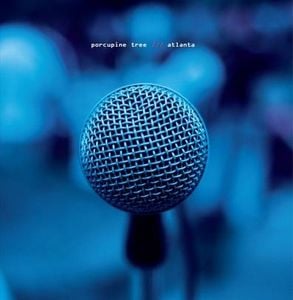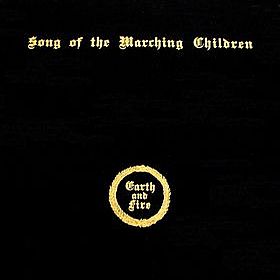
EARTH & FIRE's "Song Of The Marching Children" falls somewhere within the song-oriented prog category. The album consists of short tracks on side A, and a larger epic on side B (my CD also came with a bonus track, but there is another CD that features SOTMC, and Atlantis). All of the tracks on Side A feature some of the best qualities found in more adventurous progressive rock, and they end up sounding like miniature epics. The side- long track sounds like 5 songs pieced together. Overall, the music from this band has a strong European symphonic sound, meaning that Baroque, classical, and even circus influences are all over the place.
The band likes to weave in and out of major/minor chords and scales, so the music alternates between happy and sad moods. I also hear a noticeable early KING CRIMSON sound (heavy on the orchestral mellotron sound). EARTH & FIRE had a female lead-singer with one of the warmest, and charismatic, voice that I've heard in prog. She is usually mentioned first when people talk about the band. Some of her lyrics are silly in a surreal, counterculture, sort of way, but her beautiful voice quickly makes you forgive the naive lyrics. This is a majestic album that will please fans of early KING CRIMSON, PFM's "Per Un Amico", and FANTASY. EARTH AND FIRE Song of the Marching Children music reviews and MP3 ( Review from Progarchives.com)
This album is generally pointed out by progheads as E&F's peak and I agree somewhat with them but as you can see by my rating , this is hardly the Everest , more like a foothill in Progressive Rock Mountains Range. E&F is one of those many Dutch band that obviously listened to a lot of classical music before starting a rock band (Focus , Ekseption , Trace etc..). The problem with that is that I see a great lack of originality/personality in those bands (Focus excepted) and prefer groups such as Supersister , Finch or Golden Earring . Since Holland is where I live during the week , I feel particularly con cerned to give a proper review and explain well why I appreciate a band or not.
E&F has one beautiful female vocalist that sings in accent-less English (as is often the case with the Dutch) sometimes brilliantly but at times also very annoyingly/irritatingly. The main thing about this album I would suggest here is that too much mellotron kills the mellotrons effects and here this is a lot more of an orgy ....... more like an indigestion. Use and abuse , where does one draw the line?!?! Well , it is not clearly drawn out but IMHO we are over the line by a few miles... If I was a music instrument dealer , I would use this album to clients as a sales brochure for the full spectrum of the capabilities of the instrument. But too much is toooooo much....
Side 1 is full of reworking the classical music and is rather tedious and sometimes sound like a third rate Focus or a second rate Ekseption, filled with mellotrons layers. Side 2 holds the side-long suite that gives its name to the album and is relatively pleasant with interesting KB lines (other than mellotrons that is) even though there are lenghts (the long March as pointed out heavily by the drumming) and the facts that there are borropwed themes (heard elsewhere). I just find it very much over-rated as much so thant the other side-long suite of the following album Atlantis. EARTH AND FIRE Song of the Marching Children music reviews and MP3 ( Review from Progarchives.com)
Songs / Tracks Listing
1. Carnival of the animals (2:42)
2. Ebbtide (3:06)
3. Storm and thunder (6:25)
4. In the mountains (3:00)
5. Song of the marching children (18:20)
...a) Theme of the marching children - 2:20
...b) Opening the seal - 1:10
...c) Childhood - 3:10
...d) Affliction - 1:30
...e) Damnation - 2:53
...f) Purification - 4:17
...g) The march - 3:02
Bonus tracks on Polydor cd release:
6. Lost forever (2:48)
7. Invitation (3:50)
8. Song for the marching children (single version) (4:08)
Total Time: 44:28Line-up / Musicians- Jerney Kaagman / lead vocals
- Ton van de Kleij / drums, percussion
- Chris Koerts / guitar, backing vocals
- Gerard Koerts / organ, piano, Mellotron, backing vocals
- Hans Ziech / bass
Earth and Fire - 05 - Song of the Marching Children [1 of 2]
Earth & Fire - Lost Forever
Earth and Fire - Storm and Thunder (better quality)

